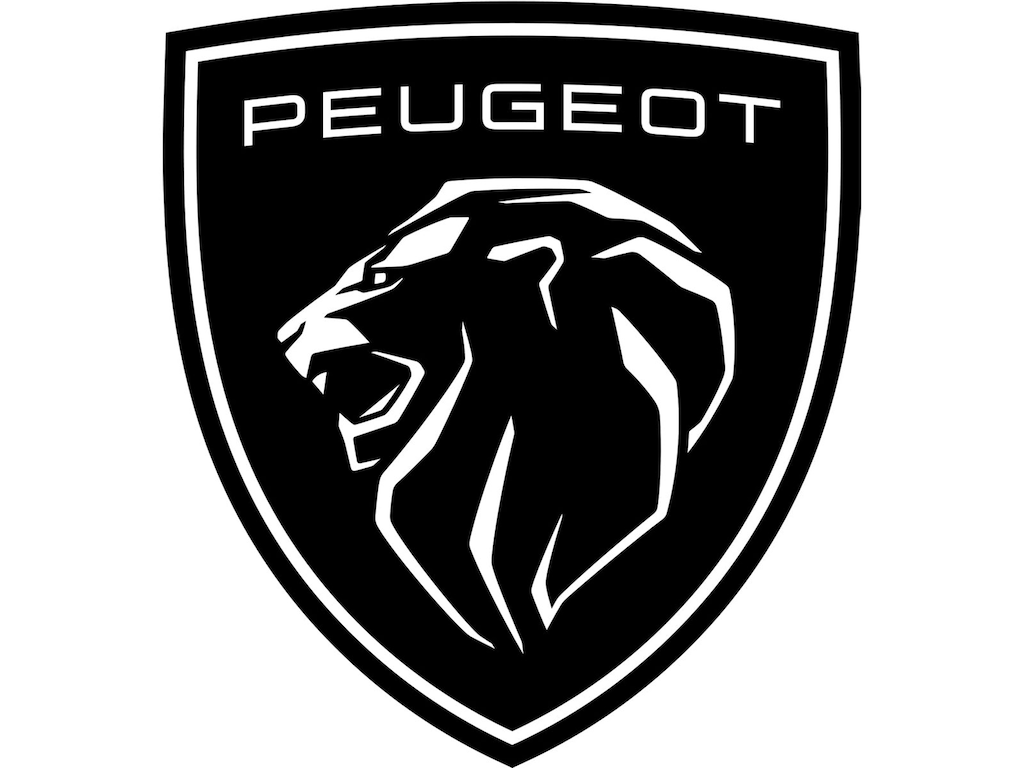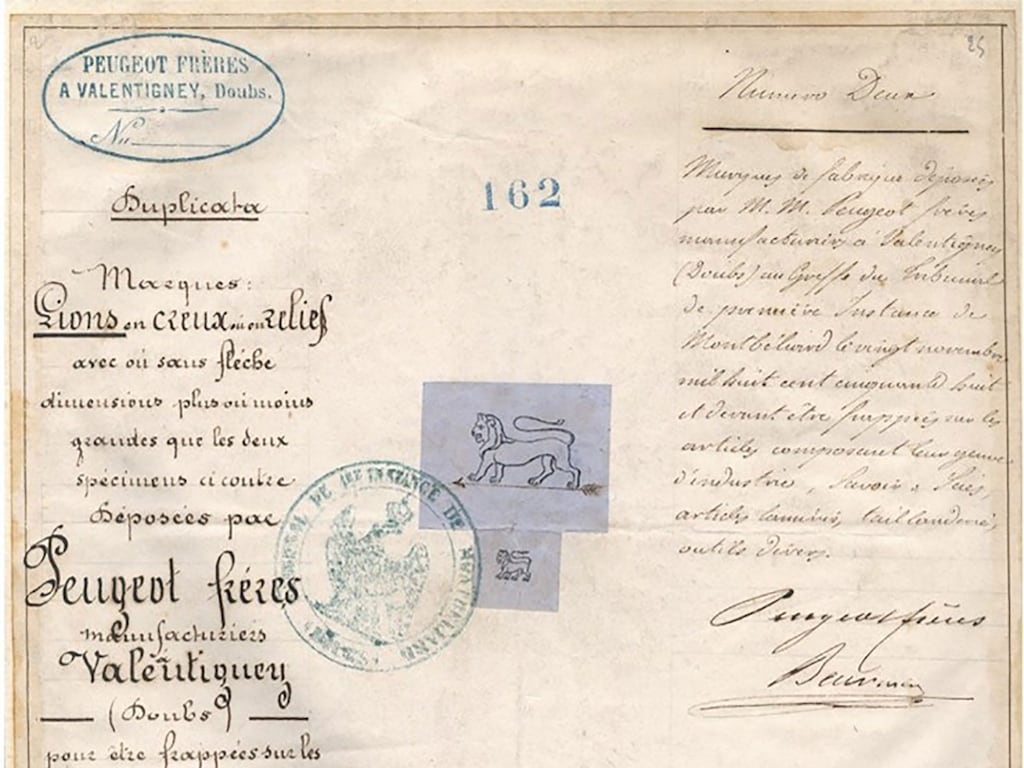April 11th, 2023
7 minutes read

The evolution of the Peugeot Lion over the years

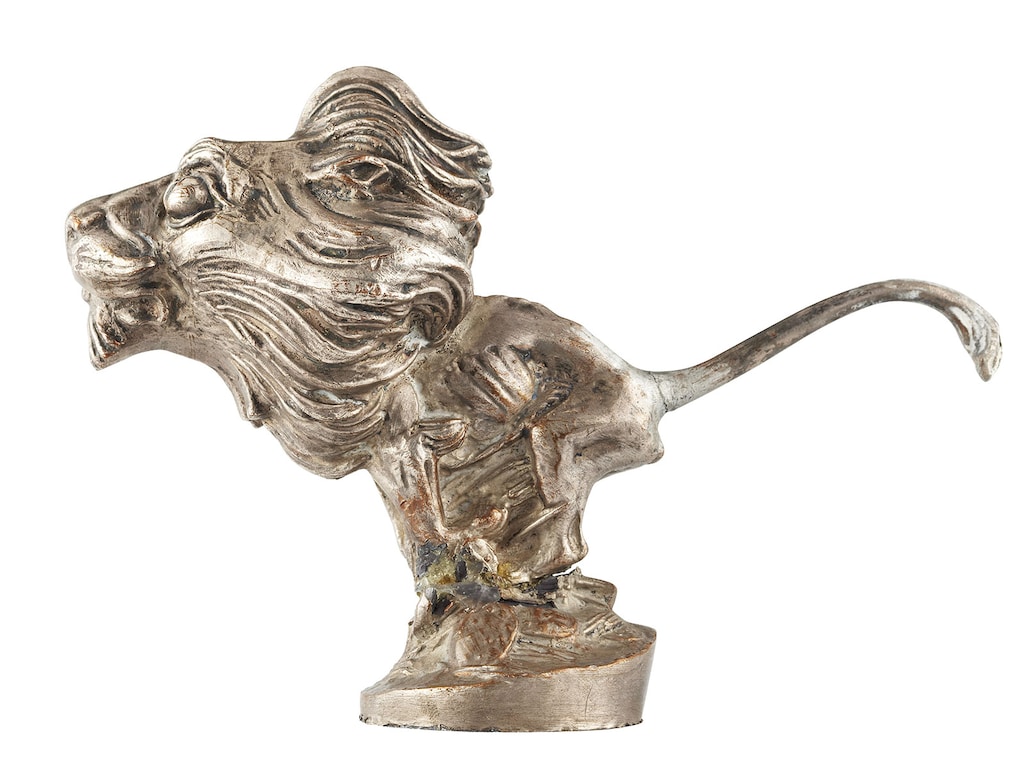
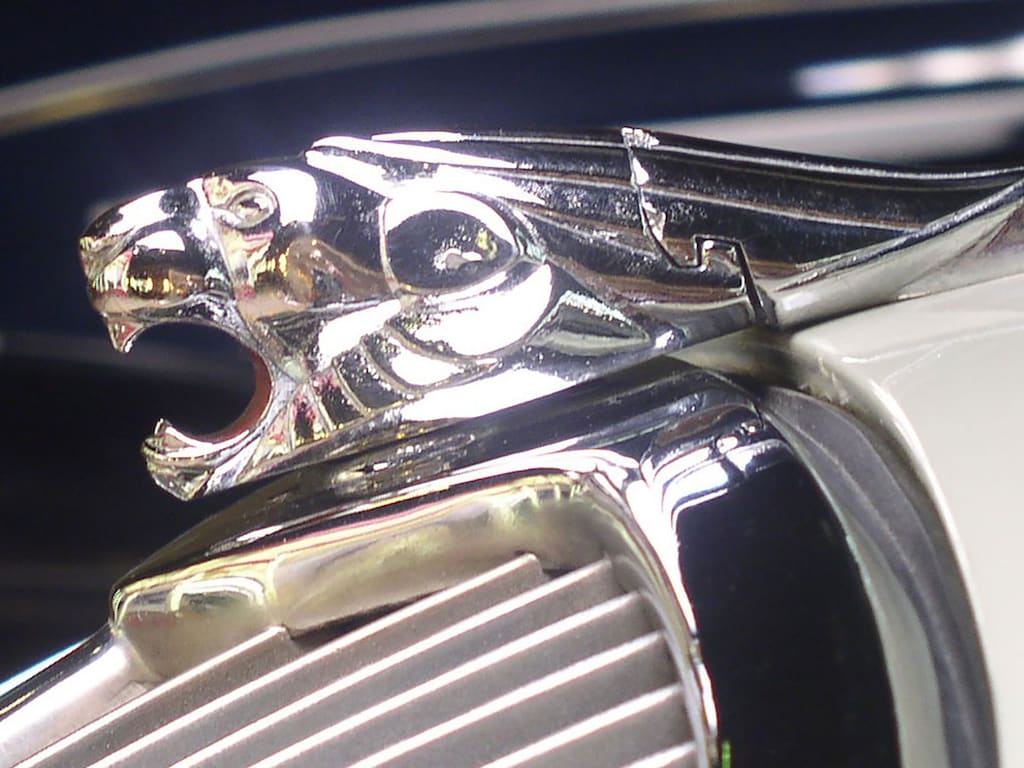
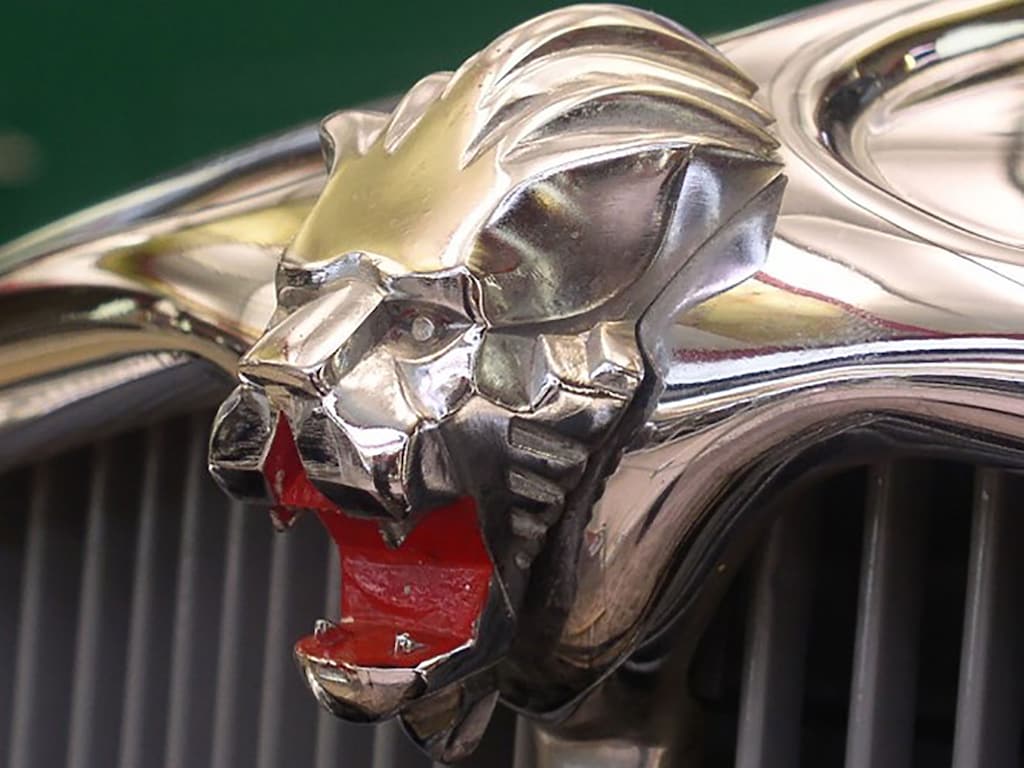

There is a debate about the gender of the symbolic animal: is it a lion or a lioness? Indeed, some people argue that it is the hunter lioness who is fast and has bite, unlike the lion who stays with the group over which he rules with authority and pride.
Whatever the case, male or female, the feline remains the symbol of the exceptional allure of Peugeot vehicles.


Thus, in the 1960s, the lion logo also appeared, showing only its head, enlarged and placed in a shield, at the top of which the name "Peugeot" was written.
The mane of the fawn is then worked as well as its slightly half-open mouth.
Thus, in the 1960s, the lion logo also appeared, showing only its head, enlarged and placed in a shield, at the top of which the name "Peugeot" was written.
The mane of the fawn is then worked as well as its slightly half-open mouth.





